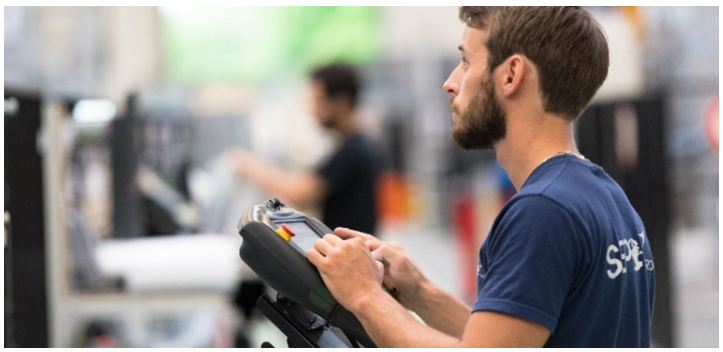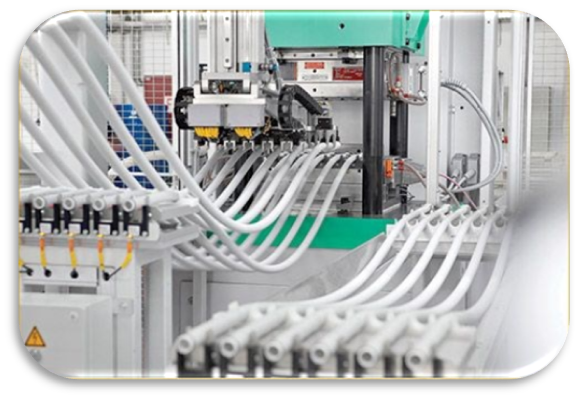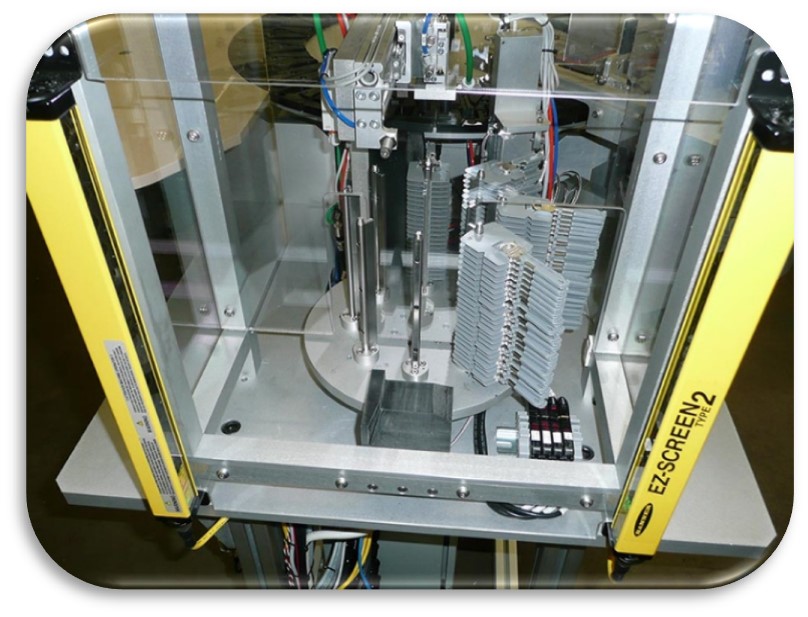
July 26, 2023
Automating Manufacturing for the Future
12 Steps to Consider
Automating the manufacturing process involves implementing various technologies and procedures to streamline and optimize the production workflow. When we speak of automation, our first thoughts are often robots, but there is so much more. Here are 12 steps to effectively automate your manufacturing process:

- Assess Feasibility and ROI: Begin by evaluating your current manufacturing process to identify areas that can be automated. Consider the upfront costs of automation, potential savings in labor and material costs, and the expected return on investment (ROI) over time. You may find there are simple ways to adjust your workflow with little or no upfront investment.
- Select Suitable Equipment: Choose automation equipment that is compatible with each other and can be integrated seamlessly. Consider factors like cycle time, production volume, precision, and the types of products you manufacture. Moving these processes closer together on the floor can improve your workflow while reducing costs and even footprints.
- Automate Material Handling: Implement an automated material handling system to transport raw materials to the machines and finished products to the next stage in the production line. This could involve conveyor belts, robotic arms, central conveying systems or other material handling solutions. Too often, hours are spent preparing the machine for processing to find the material, bins, hoses, or clamps are not readily available.
- Robotic Automation: Integrate robots into the process to perform tasks like mold loading and unloading, part picking, and quality inspection. Robots can work faster, more consistently and with higher precision than human operators.
- Use Collaborative Robots (Cobots): In certain scenarios, collaborative robots can work alongside human operators, enhancing productivity and safety. Cobots can be programmed to assist with tasks that require human dexterity or decision-making. These should not be overlooked for redundant operations.
- Implement Smart Sensors: Installing sensors to monitor the real-time manufacturing process can save thousands of dollars in scrap. These sensors can detect issues like temperature variations, pressure changes, and part defects. With this data, the system can make adjustments or notify operators about potential problems, often before they occur.
- Integrate PLC and HMI Systems: Programmable Logic Controllers (PLCs) and Human-Machine Interfaces (HMIs) enable the automation system to control and monitor the production process. PLCs execute automation logic, while HMIs provide a user-friendly interface for operators to interact with the system. Using HMIs in the process can provide simple and valuable information to the users on the floor.
- Quality Control and Inspection Automation: Utilizing automated vision systems and quality control equipment to inspect parts for defects will ensure consistent product quality. Automated inspection reduces the reliance on manual inspection, which can be time-consuming and prone to errors.
- Data Collection and Analysis: Implement a data collection and analysis system to gather production data from the automated processes. Analyzing this data can provide valuable insights into process efficiency, identify areas for improvement, and optimize the production workflow. Having production data provides a great roadmap on where you can focus your resources for future automation and growth.
- Employee Training: Properly train your employees to work alongside automated systems. Ensure they effectively operate, maintain, and troubleshoot the automation equipment. Training your employees on all the processes encourages engagement, improves retention and boosts satisfaction while paving the way to success.
- Continuous Improvement, Audit Your Automation: Regularly assess the performance of the automated system and identify opportunities for optimization. Embrace a culture of continuous improvement to refine the automation process and stay up-to-date with the latest advancements.
- Consider Industry 4.0 Concepts: If feasible, explore incorporating Industry 4.0 concepts such as the Industrial Internet of Things (IIoT) and predictive maintenance. These technologies can further enhance automation and provide insights for predictive decision-making. We are entering an exciting yet frightening era of growth, with AI coming on so quickly. We encourage conversations on how we can help you prepare for the future.
By following these steps, you can successfully automate your manufacturing processes, leading to increased productivity, improved product quality, cost savings, and a more competitive manufacturing operation.
Resources
Sepro Group Automation
Delta Technology is a diversified technology company that provides various automation solutions across different industries. This involves implementing automated systems, robotics, assembly, packaging, palletizing, motion control and control technologies to optimize manufacturing processes, increase productivity, and improve efficiency in industrial settings.

Arburg Turnkey Solutions
As a prominent manufacturer of injection molding machines, Arburg integrates its state-of-the-art machinery into turnkey solutions. These machines have advanced features and technologies that optimize the injection molding process for efficiency and precision.

Delta Technology Industrial Automation
Delta Technology is a diversified technology company that provides various automation solutions across different industries. This involves implementing automated systems, robotics, assembly, packaging, palletizing, motion control and control technologies to optimize manufacturing processes, increase productivity, and improve efficiency in industrial settings.
